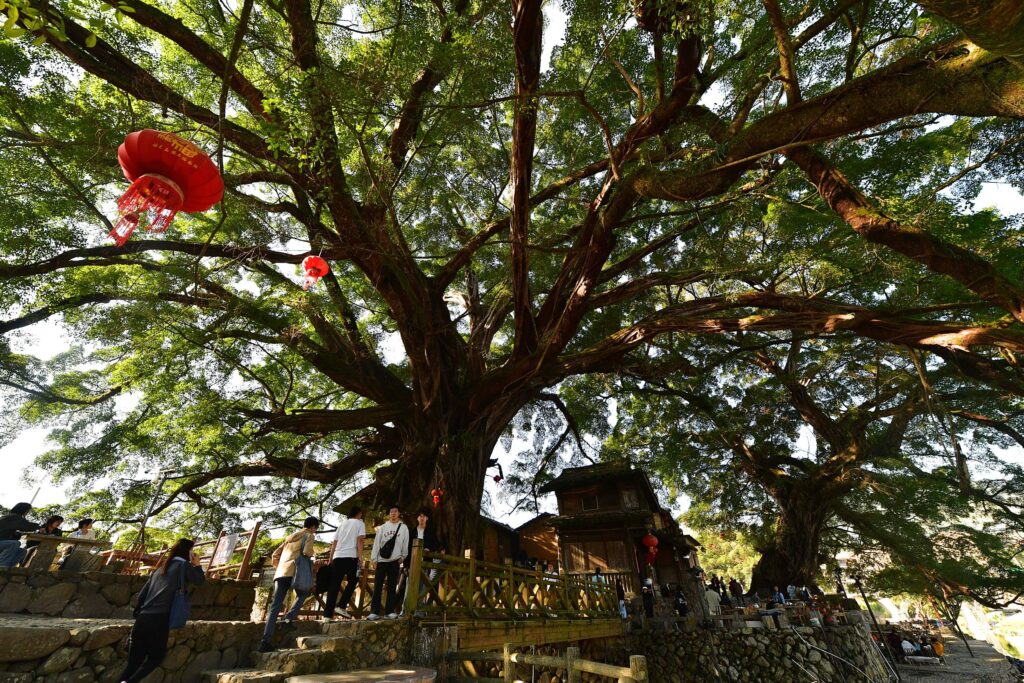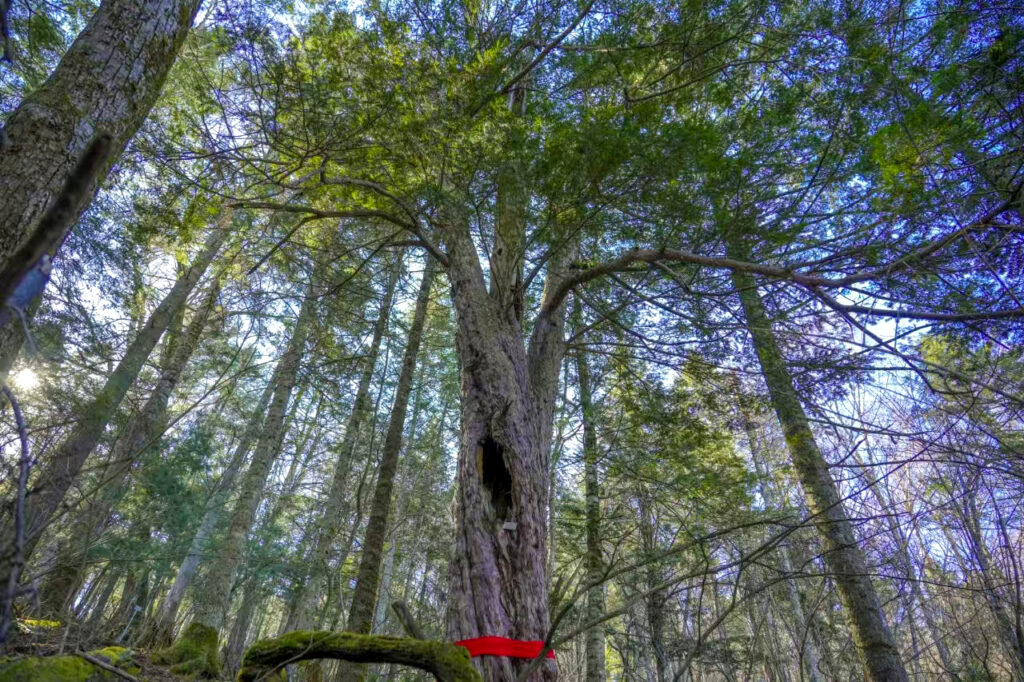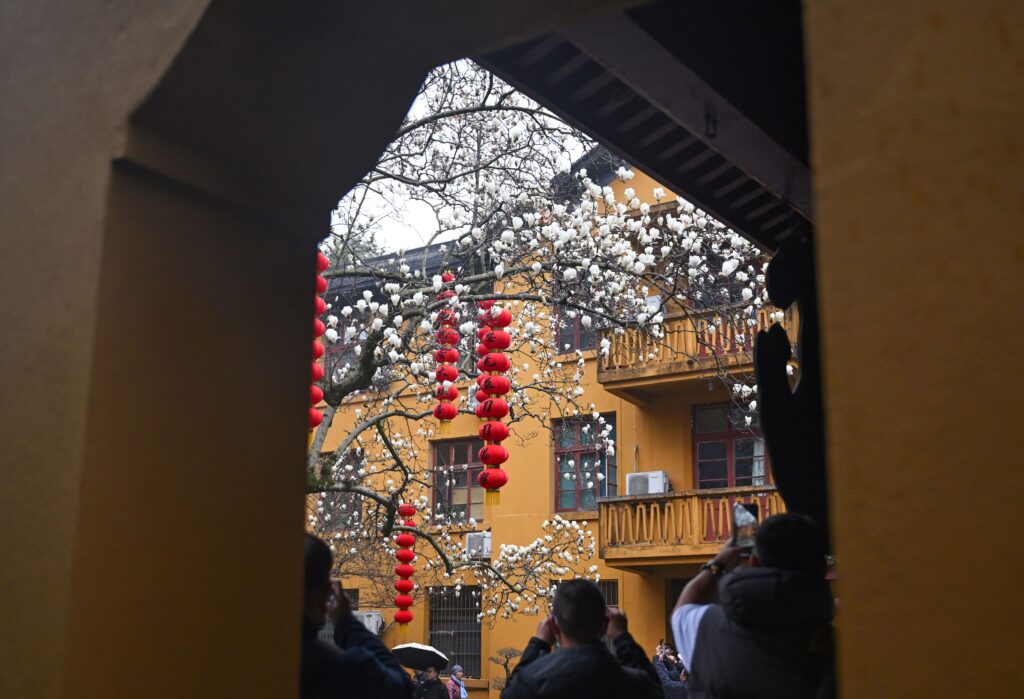China introduces first national regulation for ancient and notable tree protection.
The Regulation for the Identification of Ancient and Notable Trees will take effect on March 15, marking the first time China has established a clear code of conduct for the protection and management of these valuable natural assets through administrative regulations. This initiative fills a longstanding gap in national policies concerning the conservation of ancient and notable trees.

5.08 Million Ancient and Notable Trees Across China
The regulation provides a legal framework for resource surveys, conservation efforts, cultural preservation, and penalties for damage, addressing deficiencies in existing laws.
According to the regulation, ancient trees are those over 100 years old, while notable trees hold historical or cultural significance. These trees are crucial in biodiversity conservation, cultural heritage preservation, and ecological sustainability.
In addition, a national survey conducted between 2015 and 2021 identified 5.08 million ancient and notable trees across China, with 246,600 located in urban areas. The findings revealed that:
987,500 ancient trees are between 100 and 299 years old.
160,300 trees are aged 300 to 499 years.
68,200 trees are over 500 years old, including 10,745 trees exceeding 1,000 years and notably, five trees surpassing 5,000 years.
In terms of tree health, the survey indicated that:
Over one million trees are in normal condition.
157,700 trees are classified as weak.
26,300 trees are considered endangered.

Innovative Conservation Efforts
Several cities have already taken proactive steps in ancient and notable tree protection. Beijing has implemented full GPS tracking for every ancient and notable tree, assigned unique QR codes, and completed the registration process for all listed trees.
Shanghai has conducted comprehensive health assessments using advanced instruments such as tree radar root detectors and decay scanners to analyze trunk hollows and root system distributions.
Moreover, Hohhot, Inner Mongolia, has developed an information management system for ancient and notable trees, enabling digitalized data maintenance and real-time patrol monitoring.
Ancient trees serve as living historical landmarks, embodying significant ecological, economic, and scientific research value. The introduction of this regulation underscores China’s commitment to safeguarding its ancient and notable trees for future generations.

The regulation establishes a tiered protection system based on tree age:
Level-1 Protection: Trees over 500 years old.
Level-2 Protection: Trees aged 300 to 500 years.
Level-3 Protection: Trees aged 100 to 300 years.
Written by Chen Wang, additional reporting from CNS, gmw.cn.
If you liked this article why not read:【China Insights】 China’s Green Development to Bring Greener Future











